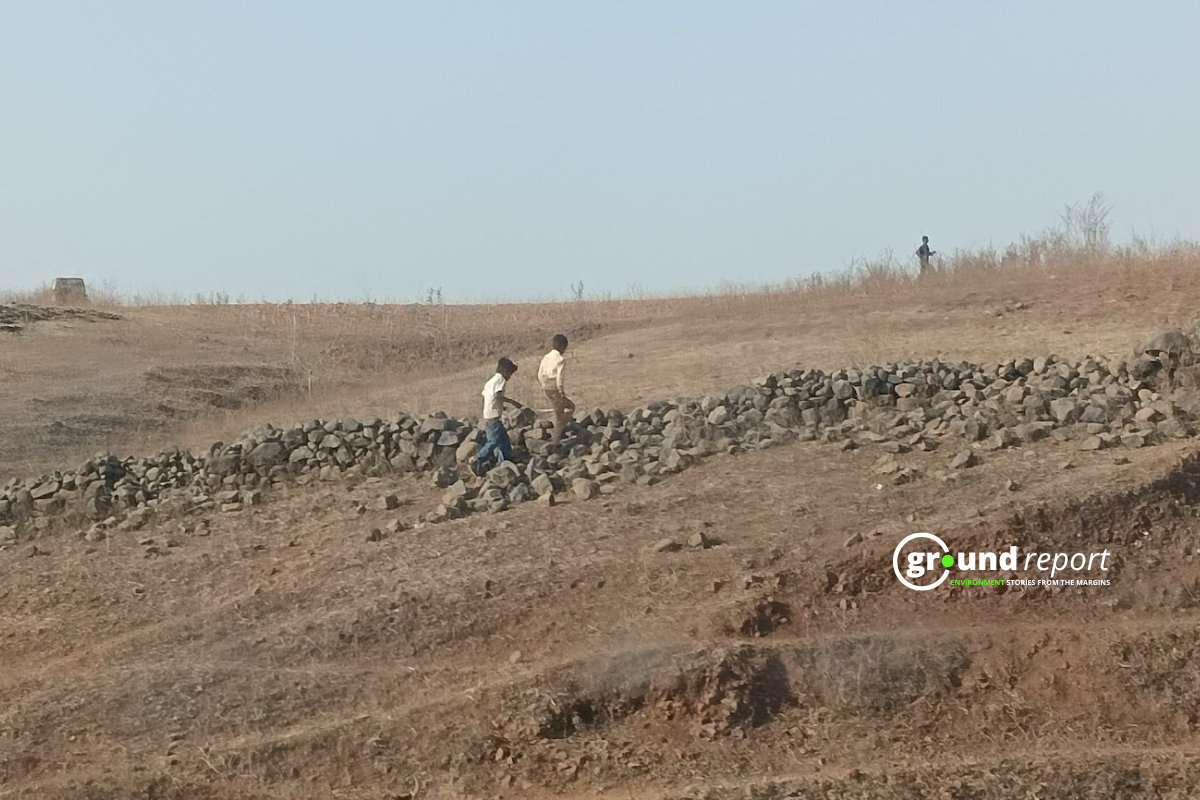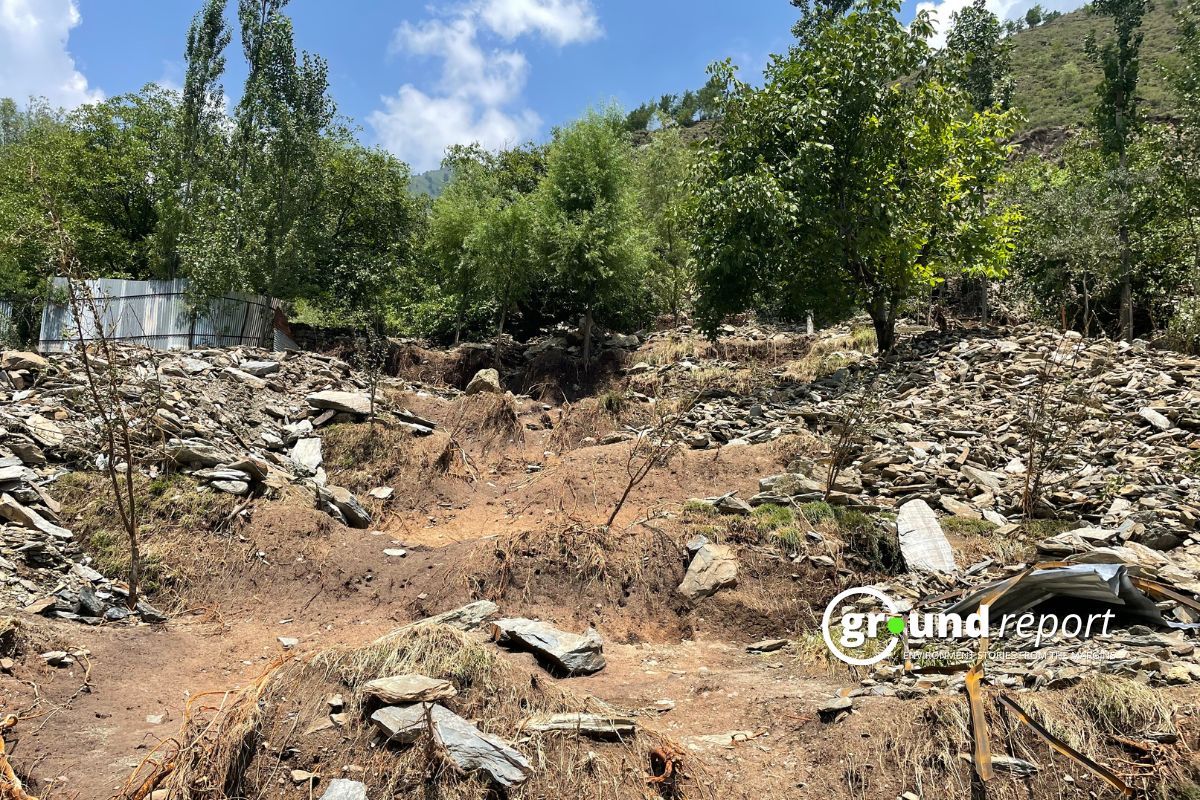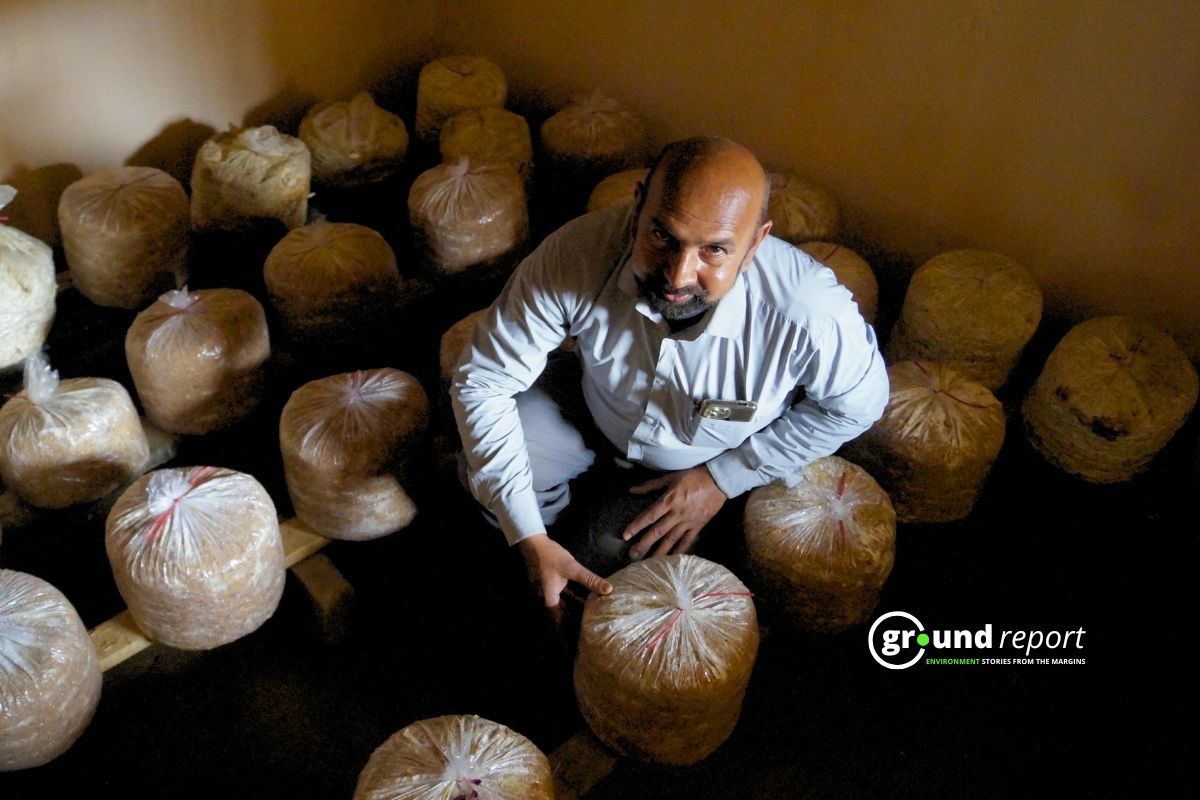In the early hours of Thursday, cloudbursts devastated Himachal Pradesh, causing massive destruction in Kullu, Mandi, and Rampur. The disaster has left at least four dead and 53 missing, with several buildings destroyed. Flash floods and landslides cut off road connectivity and complicated rescue operations. Rescue teams are on the ground, battling challenging conditions to locate and aid the missing.
Ex-Ward Panch Prem Lata from Samej, Kullu said, “The cloudburst happened suddenly after continuous rain, causing more severe devastation than last year’s flood. Many houses were destroyed, and the community is struggling to cope.”
Latest info: 22 people are missing in Rampur after a cloudburst in Jhakri, and 36 are missing in Kullu after flash floods in Malana and Ghanvi Khad and, in Mandi, one body has been recovered, nine people are still missing following a cloudburst in Thaltukhod.
Critical situation: Cloudburst devastates Himachal Pradesh
Prem Lata described the situation as “very critical,” noting that “the number of missing people has increased to 50.” She stated, “I never imagined such a crisis,” and emphasized that “the administration is working hard to manage the situation.” She mentioned basic amenities, “Electricity is out, but water is still available, providing relief to the affected residents.”
In Rampur, a cloudburst in Jhakri on Thursday morning caused flooding in Samej Khad, leaving 22 people missing. The incident occurred near a hydro project, and the missing include residents and project workers.
Rampur’s sub-divisional officer Nishant Tomar highlighted the challenges faced by rescue teams, “Cloudburst has closed many roads, hindering rescue work. Relief material is being carried to the incident site by walking about two kilometres.”
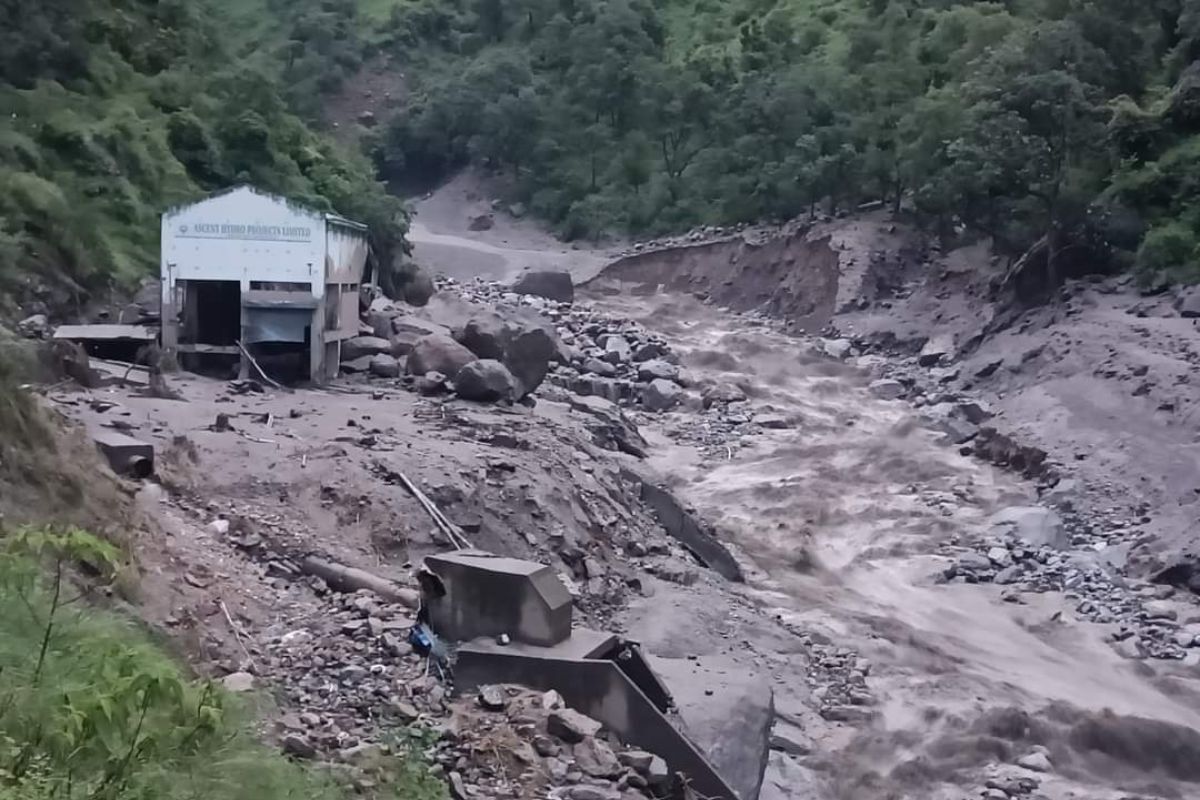
Devastation extends to Mandi district, where a cloudburst in Thaltukhod caused chaos at midnight. Thaltukhod Panchayat Pradhan Kali Ram reported, “Cloudburst occurred in Terang and Rajban villages. Many people are missing. Three houses were washed away.”
Most flash flooding and cloudbursts in the state occurred during the night and early morning. Cloudbursts are phenomena that can happen during heavy rainfall with droplet sizes ranging from 4mm to 6mm. They occur when moisture-rich air ascends a mountainous region, forming vertical columns of Cumulonimbus clouds, which are typically associated with rain, thunder, and lightning. This upward movement of clouds, known as orographic lift, results in unstable cloud formations that can lead to heavy rainfall over a small area.
During the last 24 hours Palampur in Kangra has received 212 mm rainfall and Bhatiyat in Chamba received 203 mm rainfall. The metrology department has already issued an orange alert of heavy to hefty rain in 10 districts of the state.
IMD official in Shimla said, “We can’t definitively call these events cloudbursts due to a lack of observation. The state experienced intense rainfall between 12 AM and 6 AM.”
Himachal cloudbursts cause floods, damage, and isolation
A document accessed by Ground Report from the Himachal Pradesh State Emergency Operation Centre reported cloudbursts and flash floods in Kullu, Mandi, and Shimla districts. In Kullu, a cloudburst at 1:38 AM near Village Jaon caused the water level of Kurpan Khad to rise, washing away bridges and damaging property. Seven are missing, and two bridges and nine houses were damaged. Heavy rain at 4:55 AM near Sainj washed away a private bus.
At 5:42 AM, a flash flood in Malana washed away the Malana bridge, blocking traffic. Nine people are stranded along the Beas River near Malana Village. In Mandi, a cloudburst at 2:28 AM in Village Tikkan Thalu Kot resulted in one death, one injury, and nine people missing, with several houses damaged.

In Shimla, a cloudburst near the Hydro Project Jhakri at 4:47 AM left 36 people missing. The Shimla-Kullu border suffered significant destruction with many houses, schools, and hospitals damaged and numerous people missing. The Himachal Pradesh State Disaster Management Authority (HPSDMA) has deployed teams, but challenging terrain and severe weather impede rescue operations.
The Malana Power House and the road connecting Malana village were washed away by a flash flood triggered by a cloudburst in the upper hills of Malana and Chandrakhani Pass, leaving the village isolated and making rescue operations challenging. Vehicles near the Malana barrage and powerhouse have been carried away by the floodwaters.
Deputy Commissioner Anupam Kashyap and Superintendent of Police Sanjeev Gandhi are overseeing rescue operations. Kashyap stated,
“Upon receiving the information, NDRF team, SDRF team, police, and rescue teams were dispatched. All teams are working together, and basic facilities, including ambulances, have been provided.”
In response to the crisis, all schools and educational institutions in Mandi have been closed. DC Apoorv issued an order stating, “Under these circumstances, the movement of staff, school and college children, and trainees may not be safe,” highlighting the ongoing danger in the affected areas.
Himachal cloudbursts: Rising incidents, devastation
The recent cloudbursts in Himachal Pradesh are part of a worrying trend, with a total of 279 incidents reported from 2018 to 2023. In 2023 alone, there were at least 170 cloudburst incidents. In 2022, there were 39 cloudburst incidents between June and September, a significant increase from previous years. In 2021, there were 30 cloudburst incidents, while 2020 had only 3. The years 2019 and 2018 recorded 16 and 21 incidents respectively.
Faiyaz A. Khudsar, a scientist at the Centre for Environment Management of Degraded Ecosystems, Delhi University, pointed out that “anthropogenic climate change and elevation-dependent warming have caused the surface temperature in Himachal Pradesh to be higher than the global average.”
Khudsar warned that “at the current rate, the average temperature in Himachal could rise by 3-5 degrees Celsius by 2100, making living conditions difficult.” He explained that rainfall of 10 centimetres in one hour at a station is classified as a cloudburst.
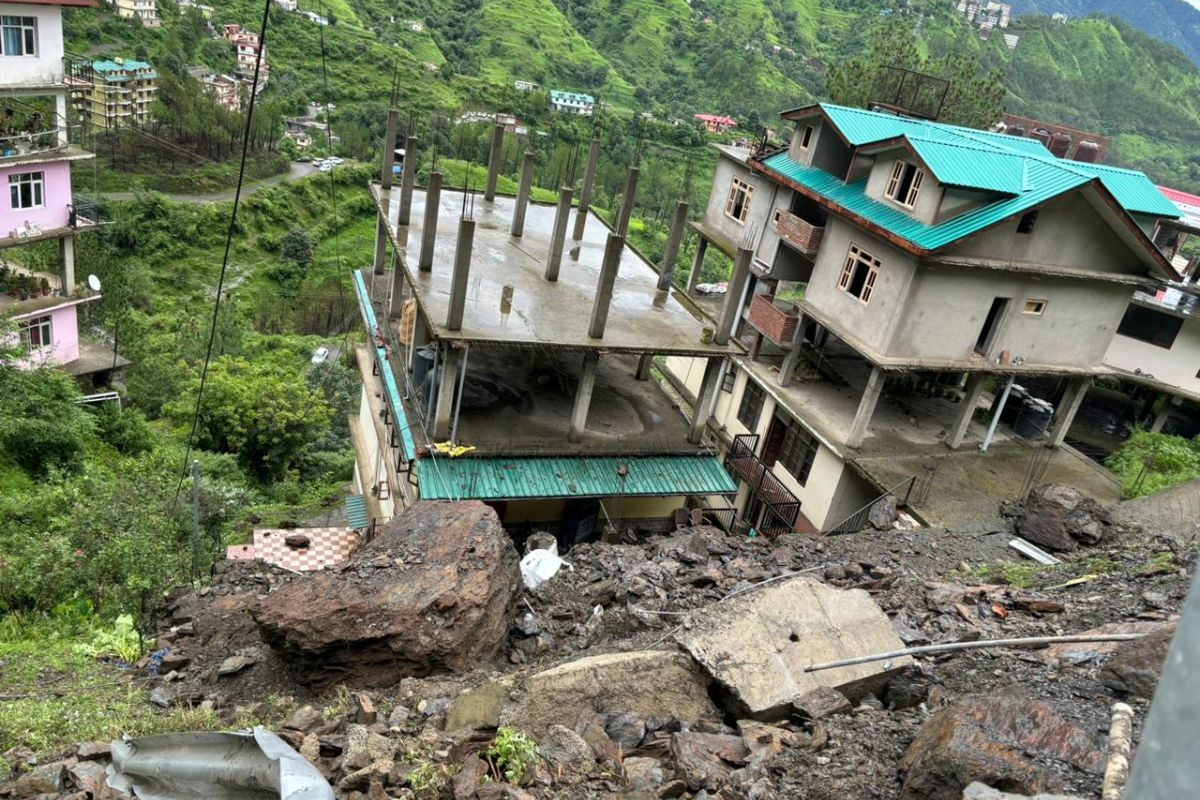
The Landslide Atlas of India, which is based on satellite data from ISRO’s National Remote Sensing Centre, shows all 12 districts of Himachal Pradesh as susceptible to landslides. The landslide exposure analysis of the mountainous areas covering 147 districts in 17 states put Himachal’s Mandi district at 16th place, followed by Hamirpur at 25, Bilaspur at 30, Chamba (32), Solan (37), Kinnaur (46), Kullu (57) Shimla (61), Kangra (62), Una (70), Sirmaur (88) and Lahaul and Spiti (126) in socio-economic parameter risk exposure map.
Way forward
In response to frequent disasters, early warning and land monitoring systems have been installed in vulnerable areas. In 2022, following frequent landslides, such systems were installed at Batseri and Nigulseri in Kinnaur district. The system was installed in 6 sensitive and vulnerable sites, including Pagal Nullah and Malling Nullah.
Local communities are struggling with the disaster aftermath. The coming days are crucial as rescue efforts continue and rebuilding begins. The state and central governments face the challenging task of providing immediate relief and implementing long-term solutions to protect vulnerable communities from future catastrophes.
With inputs from Raman Kant
Keep Reading
Part 1: Cloudburst in Ganderbal’s Padabal village & unfulfilled promises
India braces for intense 2024 monsoon amid recent deadly weather trends
Support us to keep independent environmental journalism alive in India.
Follow Ground Report on X, Instagram and Facebook for environmental and underreported stories from the margins. Give us feedback on our email id greport2018@gmail.com.
Don’t forget to Subscribe to our weekly newsletter, Join our community on WhatsApp, and Follow our YouTube Channel for video stories.


